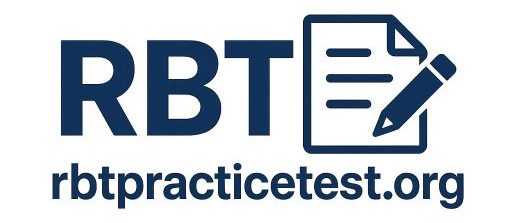The ABA toolkit is a set of tools and resources to support the work of RBTs in delivering Applied Behavior Analysis (ABA) services. The toolkit helps RBTs apply ABA methods consistently and effectively under the supervision of a BCBA. RBTs can utilize instructional aids, data collection forms, physical teaching tools, digital systems, and training materials to enhance their intervention quality.
This blog post presents a clear overview of the toolkit’s main components, explains how each part supports different evidence-based teaching approaches, and identifies the key features that make a toolkit effective in real-world practice.
What is an ABA toolkit?
The RBT toolkit provides RBTs with a comprehensive collection of tools, materials, and resources. It supports the delivery of Applied Behavior Analysis (ABA) services by offering physical items, data collection forms, instructional aids, and digital platforms.
The toolkit helps RBTs teach new skills, reduce challenging behaviors, and track client progress while working under the supervision of a Board Certified Behavior Analyst (BCBA).
Important components of the ABA/RBT toolkit
A well-rounded RBT toolkit contains various components for the effectiveness of behavior intervention. These components serve different functions, from direct instruction to data management and operational support.
1. Training and learning tools
Training and learning tools provide RBTs with essential knowledge and skills. These tools include 40-hour training modules, guided notes, mock exams, and competency checklists that support preparation for certification and improve practical performance.
To practice more at home, free RBT practice exams from full-length mock tests to section quizzes will help you repeatedly regain your knowledge. These tools also promote consistent review of ABA concepts, ensuring the RBT remains confident and capable during therapy sessions.
2. Operational resources for ABA clinics
Operational resources for ABA clinics support administrative tasks and service delivery. These resources include business templates, family training materials, and staff supervision tools that promote consistency and efficiency in care.
3. Printable materials & templates
Printable materials and templates support data collection and behavior tracking. These resources include ABC data sheets, task analysis forms, skill acquisition plans, and PECS tracking forms used to monitor client progress and guide interventions.
These materials are especially useful when implementing antecedent interventions to prevent challenging behavior by modifying environmental triggers. They provide structured formats for documentation, making it easier to analyze patterns and adjust plans when needed.
4. Digital platforms
Digital platforms streamline data collection and case management. Programs like Catalyst and CentralReach offer real-time data entry, graphing, and session planning to enhance clinical accuracy and team coordination.
These systems improve efficiency, reduce paperwork, and allow supervisors to review session data remotely, supporting timely decision-making and goal adjustment.
5. Physical tools
Physical tools assist RBTs in delivering instruction and reinforcement. Common items include token boards, flashcards, reinforcers, and visual schedules that help teach communication, social, and self-help skills.
Visual aids such as task analyses are often used in chaining techniques to break down complex tasks into manageable steps. These tools help ensure clarity and consistency when teaching multi-step skills like handwashing or tooth brushing.
Toolkit applications and teaching approaches
The ABA toolkit supports a variety of evidence-based teaching approaches. Each approach requires specific tools to guide learning and manage behavior in different settings.
Applications of toolkit by teaching approach
| Teaching Approach | Toolkit Component | Application Context |
| Discrete Trial Training (DTT) | Flashcards, reinforcers, data sheets | Structured table teaching in clinics or homes |
| Natural Environment Teaching (NET) | Naturalistic toys, preference forms, visual prompts | Play-based learning at home or in the community |
| Verbal Behavior (VB) | Verbal cards, communication boards | Language sessions in schools or therapy rooms |
| Pivotal Response Training (PRT) | Activity-based reinforcers, open-ended materials | Child-led interactions during play |
| Natural Language Paradigm (NLP) | PECS cards, sequencing puzzles, action visuals | Early language development through games |
The RBT toolkit supports each teaching approach with specific tools to enhance learning and behavior change in different environments. For example, effective use of RBT prompting strategies across DTT or NET sessions helps RBTs deliver the right level of assistance while fading support over time. The connection between method and material shows the need to select and organize resources with care.
What makes an effective toolkit?
An effective toolkit contains organized, relevant, and easy-to-use resources that support daily intervention. It includes clear data sheets, durable physical materials, and adaptable templates that fit different teaching goals and learner profiles.
A strong toolkit helps RBTs work efficiently, track progress accurately, and maintain consistency across sessions. This level of structure and flexibility ensures that both skill development and behavior management are delivered with quality and care.
Conclusion
The ABA toolkit provides RBTs with essential information, resources, and practical tools to deliver high-quality behavioral support. This toolkit offers structured guidance on teaching strategies, data collection, and behavior management.
By using the toolkit, RBTs can apply ABA methods more effectively, respond to individual client needs, and maintain consistency in service delivery. The toolkit not only supports daily practice but also helps RBTs build confidence, improve accuracy, and contribute to meaningful progress in each intervention session.

